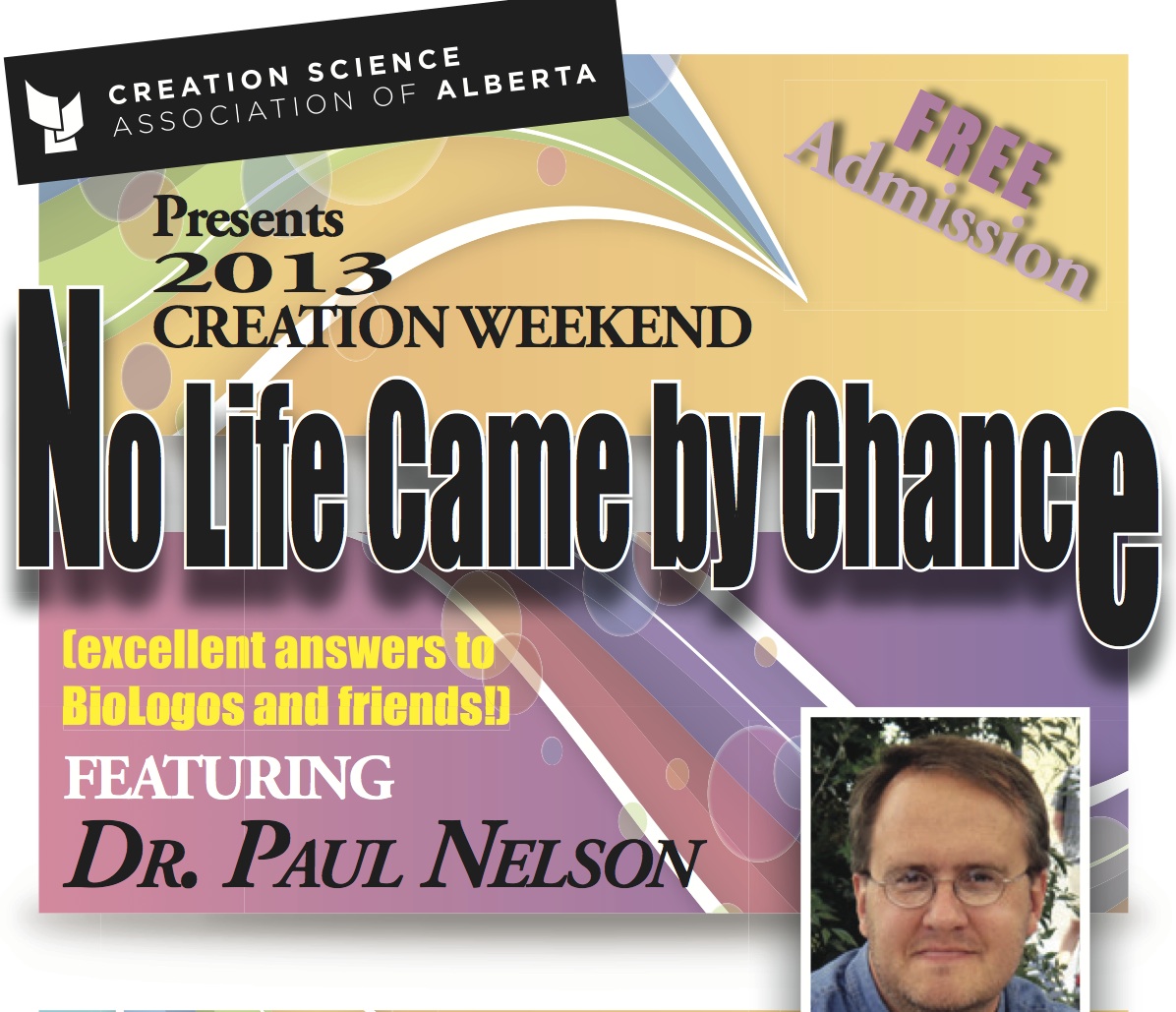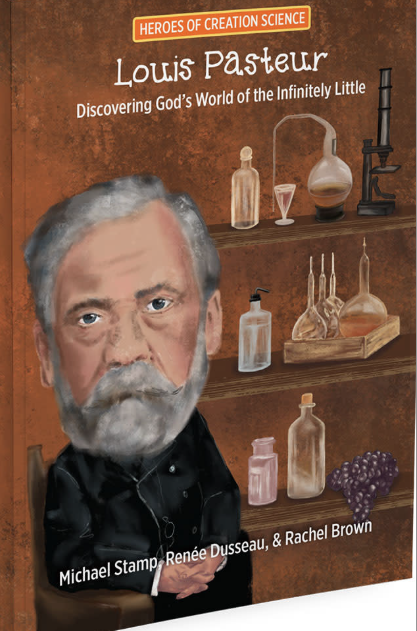Archive
The archer fish (Toxotidae jaculatrix, from ejaculator fish) –– named due to its expert archery skills–– is one of the most amazing types of fish known to humans (Smith, 1936). When first researched by scientists in the 1920s, researchers “could hardly believe their eyes” at its shooting ability (Pinney, 1977, p. 3). The existence of the fish was actually first reported by explorers in 1764, but scholars could not accept the reports of the existence of this amazing fish (Lüling, 1963, p. 100). Read the rest of this entry »
It was Rene Descartes (1596-1650) who famously said “Cogito ergo sum” or “I think, therefore I am.” Obviously thinking at that time was an activity held in high esteem. And we might suppose that thinking is a skill that we all appreciate today too. That however is not necessarily so. Consider for example the recent case of American philosopher of science Thomas Nagel. You might expect that thinking is what philosophers are paid to do. That is what Dr. Nagel thought too. Read the rest of this entry »
Creation Science Association of Alberta is delighted to announce that biologist and philosopher Dr. Paul Nelson has agreed to be our featured speaker for Creation Weekend, Friday evening and all day Saturday October 18 and 19, 2013. Dr. Nelson is a friendly and non-confrontational individual who makes the latest information in biology come alive in his lectures. He not only describes the issues, but he tells us what the significance of the material is.
Dr. Paul Nelson has long been involved in the creation/evolution controversy, in fact he grew up in that milieu. His grandfather, Byron C. Nelson (1893-1972) for example, was a theologian and author, influential as a mid-century critic of Darwinian evolution. His grandson Paul, already as a university student, began to write articles for the Bible-Science Newsletter (an early, well-known creationist publication). Read the rest of this entry »
Every family, whether into science of not, should obtain a copy of this book for the sake of their children (upper elementary through high school). This deluxe book, The World of Animals, is a wonderful reference book which describes anatomy and ecological significance of the main groups of animals. Read the rest of this entry »
Not surprisingly, with an upbeat and exciting speaker, the audiences at our Creation Weekend sessions in October 2012 were large and enthusiastic. The final session ended with a standing ovation, which is most unusual for a lecture. So it was that David Coppedge of Santa Clarita, provided amazing illustrations, interesting information and profound insights. Read the rest of this entry »
Any visitor, upon entering the Royal Tyrrell Museum (in Drumheller, Alberta), could certainly be excused for exclaiming “Wow!” as they catch sight of the first fossil on display. The visitor has already passed through a simulated scene of Albertosaurus models, posed as they might have appeared in life. This scene is based on a bone bed of 22 individuals discovered about 1910 by Barnum Brown at Dry Island Buffalo Jump Provincial Park. But we press onward and wow!! There high on the wall to the left in the next gallery is a Tyrannosaurus rex skeleton, almost all there, displayed as it was discovered lying in the rocks. Read the rest of this entry »
This is a very welcome new book. Our catalogues provide beautifully illustrated books on fossils for young students of the junior high variety, but little for interested adults that is not highly technical. Here we find a nicely illustrated book with discussion at an adult, but not overwhelmingly technical level. On each topic, the authors firstly present the evolutionary argument and then they show how this conclusion does not actually represent the fossil description, location in the rocks and comparison with other fossils. Read the rest of this entry »
This DVD features discussion by Dr. Andrew Snelling, author of Earth’s Catastrophic Past, an 1100 page work which discusses multiple issues connected to the worldwide flood of Noah. This man is well known for his work on radiometric dating, some of it with the RATE project from Institute for Creation Research, which examined the significance of various dating techniques for conclusions about the age of the earth. He declares firstly that we only think of the earth as old because we expect the rocks to be old, based on a comparison with geological processes going on today. However instead of the present interpreting the past, we should rather turn our understanding around and realize that what happened in the past, explains what we see in the present. Read the rest of this entry »
You have to wonder how a big science project in biology, which involved 32 laboratories from 10 countries and 440 scientists, and which cost $130 million, could be controversial with many other mainstream biologists. The lead articles were published in the journal Nature on September 6, 2012. What could be controversial about that? Well it transpires that many scientists, who were not involved, did not like the initial thinking on which the project was based, how the research was carried out, and how the conclusions were drawn. What certain mainstream scientists particularly did not like was that so many intelligent design and creation scientists were so pleased. Read the rest of this entry »
Most people recognize that it is more fun to read a story than to plow through a text-book! Usually however the objectives of the two genres are different: the story is for enjoyment and the text for learning. There have been many stories written, however, to communicate an important message. Charles Dickens’ novels like Great Expectations, for example, spring to mind. So it is with Michael and Beverly Oard’s book Uncovering the Mysterious Woolly Mammoth: Life at the End of the Great Ice Age.
No sea animal elicits such fear and terror in the common people as do sharks. Gruesome shark attacks on humans are part of both the folklore and history of many cultures, including our own. Their predatory skill both fascinates and frightens us. Even though sharks rarely attack humans, when an attack occurs, it tends to be widely publicized by the mass media. Ironically, their very survival is now threatened by human-related activities, such as net fishing.
The experiment with fruit flies was basically uncomplicated. Any university student could have carried it out providing they could identify and count the various mutant forms. But there was more to the issue than mere counts of fruit fly offspring. The study was supposed to, and had long been considered that it in fact did, support a key idea of Charles Darwin. More than sixty years had passed since the fruit fly work was published. Subsequent to publication in the new journal Heredity in 1948, few people paid much attention to the study until it was quoted favourably in 1972 and 1994 as supporting Darwin’s idea of sexual selection. Those references conferred celebrity status on the work and many citations followed. But then in 2012 a study was published which questioned not only the 1948 work, but also a major component of Darwin’s theory of evolution. However the reasons and issues surrounding the new study are not what we might hope or expect. It is important to remember that scientists draw conclusions in keeping with their world view and there is more diversity in world views in science than one might imagine.
It is interesting how dinosaur artifacts continue to amaze us. For example, in 1961, petroleum geologist R. L. Liscomb discovered a large bone bed on the banks of the Colville River in Alaska, not far from the Arctic Ocean. Since the bones were not perminieralized (fossilized), he assumed they were recent bison bones. He deposited some in a museum and for twenty years nobody gave the bones another thought. Then somebody noticed that these were Edmontosaurus bones (duckbill dinosaur). In 1985 palaeontologist William A. Clemens reported abundant dinosaur bones at the Liscomb site and in 1987 associate Kyle L. Davies described the condition of the dinosaur bones: “The quality of preservation is remarkable. The bones are stained a dark red brown but otherwise display little permineralization, crushing or distortion.” (J. Paleontology 61 #1 p. 198). Could such bones really be millions of years old as many scientists now supposed?
October 26 and 27, 2012
David Coppedge is one man standing up against NASA, the American governments’ space exploration agency. Now that takes courage! Why would anyone undertake such a difficult task? Basically it is a fight for freedom of religion and for freedom to discuss intelligent design during social settings in the workplace. Read the rest of this entry »







